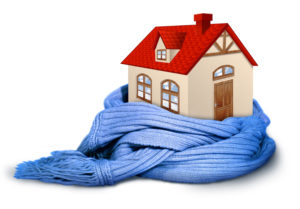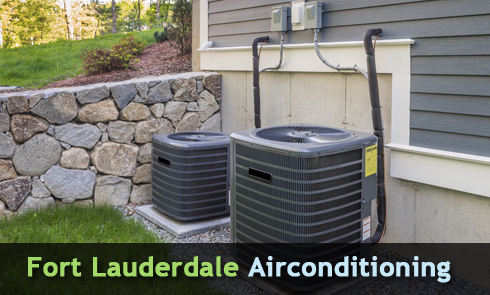
Your primary defense against incidences of heat loss is through insulation. According to research, heat losses through the roof, wall, and floor together amount to over 45% of the total house heat loss. During summer, heat entering your home through the walls and roof account for about 25% of your cooling needs.
Some homeowners put installation after the house is built. This can prove to be difficult and uneconomical at times. The best way to add insulation is when the building is going on. Walls are the most important area in insulation. This is because they account for the greatest heat gain or heat loss. If you are not sure whether your house is insulated or not, remove the outlet cover and peer into the wall cavity.
In the event there isn’t any insulation, the best option is to contact an insulation contractor to add fiberglass or blow cellulose into the walls.
Insulating the Attic
It’s a lot easier to add insulation to the attic if it is not heated. In the event there is no floor in the attic, you can simply add unfaced fiberglass batts or loose fill. Where the attic floor is in place, remove the floor first before you add insulation.
Basement Insulation
There is a general neglect in heat loss occurring through the foundation walls even in new builds. Reports have shown that houses which can be categorized as well insulated and tight suffer close to 20% of heat loss through uninsulated foundation walls. Insulating the floor or foundation can save you hundreds of oil gallons in heating per year.
Building codes have also emphasized the need to have the basement insulated especially when used as living spaces. The only problem with basements is in controlling moisture and this further complicates the insulation process. Most below-ground spaces experience moisture-related failures such as mold and mildew.
When insulating a basement, do not use materials such as cellulose or fiberglass batts because they can be damaged by moisture. It is also recommended that you don’t use interior vapor barriers because they prevent basements from drying and this can be very damaging. Instead, start with rigid foam that you install against the basement wall.
For crawlspaces, you should seal them instead of ventilating them. In States such as Florida which is to the south, ensure you keep a band that is uninsulated for inspection of possible pests tunnels such as termites.
Among the state-of-the-art insulation solutions, you can opt for include super insulation retrofit and green roof systems.





